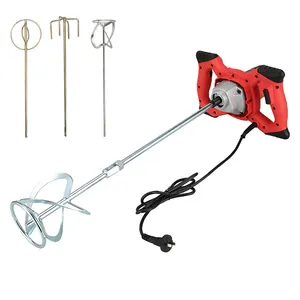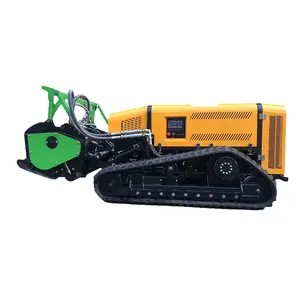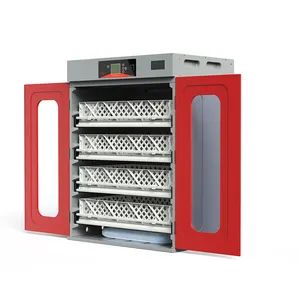Popular in your industry










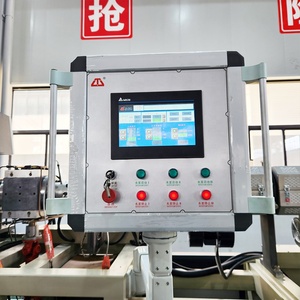


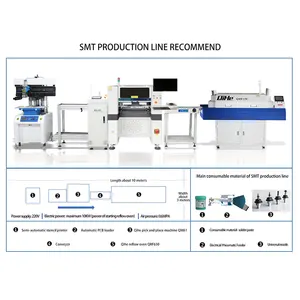









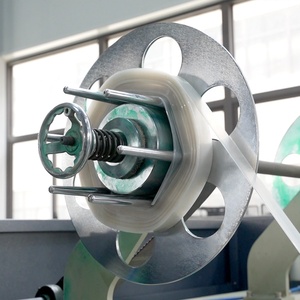
























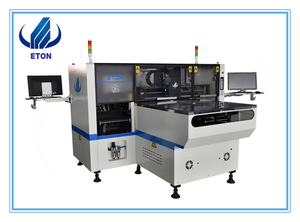
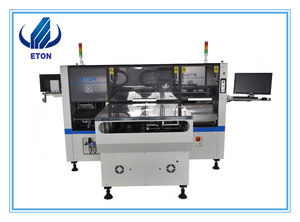















Related Searches:











































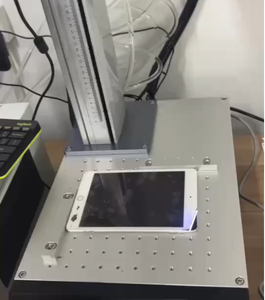







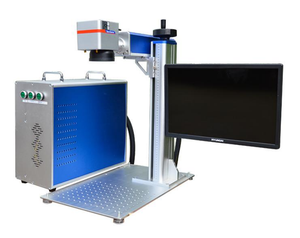










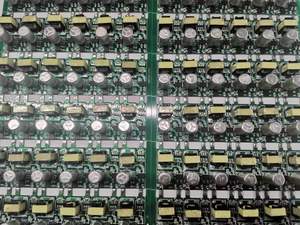





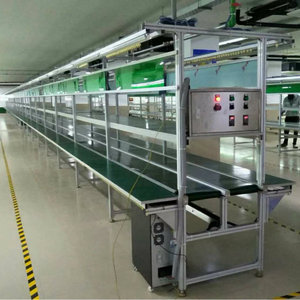

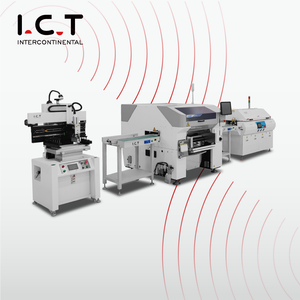



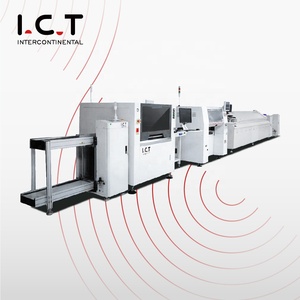

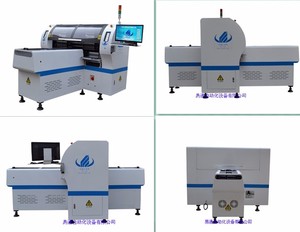
















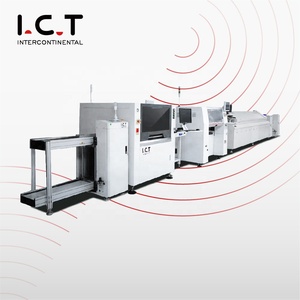





























Top categories
About watch production line
From the manufacturing of components to the final assembly, a watch production line is a sequence of interconnected workstations aimed at creating timepieces with precision and efficiency. The line typically starts with the fabrication of essential parts like the case, dial, and hands, often involving advanced technologies like CNC machining for intricate detailing. Subsequently, the line progresses to the assembly phase, where these components are meticulously combined along with the movement, ensuring the watch functions accurately. Quality control stations are strategically placed along the assembly line to inspect every detail, from the watch's aesthetics to its timekeeping capabilities. Lastly, the watches are packaged, often with attention to presentation details, before reaching the market for distribution and sale.
Benefits of a Watch Production Line
One of the primary advantages of a watch production line is the systematic and efficient process it offers. By streamlining the manufacturing and assembly steps, companies can optimize their workflow, reduce production time, and enhance overall productivity. This efficiency not only benefits the manufacturer by lowering costs but also contributes to meeting consumer demand promptly. Additionally, a watch production line ensures consistent quality across all products. Each watch goes through the same standardized processes, minimizing the risk of errors and variations. The rigorous quality control measures, often integrated at different stages of the line, further enhance the final product's reliability and performance.
Furthermore, such a structured setup allows for better resource management. By organizing the various production tasks, manufacturers can allocate resources effectively, whether it is labor, materials, or machinery. This strategic planning not only contributes to cost-effectiveness but also sustainability by reducing wastage. A watch production line also facilitates scalability. Companies can easily adjust the production volume according to market demands by modifying the line's capacity. Whether it is a high-volume production run or a limited edition release, the flexibility of the line enables manufacturers to adapt swiftly to changing market dynamics.
Key Components of a Watch Production Line
The components of a wristwatch production line are diverse and often specialized to cater to various aspects of watch manufacturing. Fabrication stations are equipped with tools and machinery for creating watch components from raw materials. This includes processes such as CNC machining for precise shaping, injection molding for cases and bracelets, and stamping for hands and indices. Another critical component is the movement assembly area. Here, skilled technicians, often trained in horology, meticulously put together the intricate components that form the heart of the watch. Automated stations for dial and hands assembly ensure accuracy and efficiency in creating the watch face.
Quality control stations are integral components of a watch production line. These stations employ a combination of human expertise and automated systems to inspect every detail of the watch, from aesthetics to functionality. Advanced technologies like computerized imaging systems and precision testing equipment are used to detect imperfections and ensure that each watch meets the brand's standards. The packaging and final assembly area in the watch production line is where the timepieces are prepared for distribution. This includes not only the physical assembly of the watch but also the branding, tagging, and packaging processes. Attention to detail in this phase is crucial, as it impacts the customer's first impression of the watch.
Watch Production Line Maintenance
Regular maintenance is essential to ensure the seamless operation of a watch production line. Preventive maintenance schedules should be established and adhered to, including routine inspections of machinery, calibration of equipment, and replacement of worn parts. Proper lubrication of moving components is vital to prevent friction and wear. Additionally, training personnel on the correct operation of machines and adherence to safety protocols contribute to the line's longevity. Incorporating smart technologies for predictive maintenance, such as monitoring equipment performance in real time, can help identify potential issues before they escalate.

